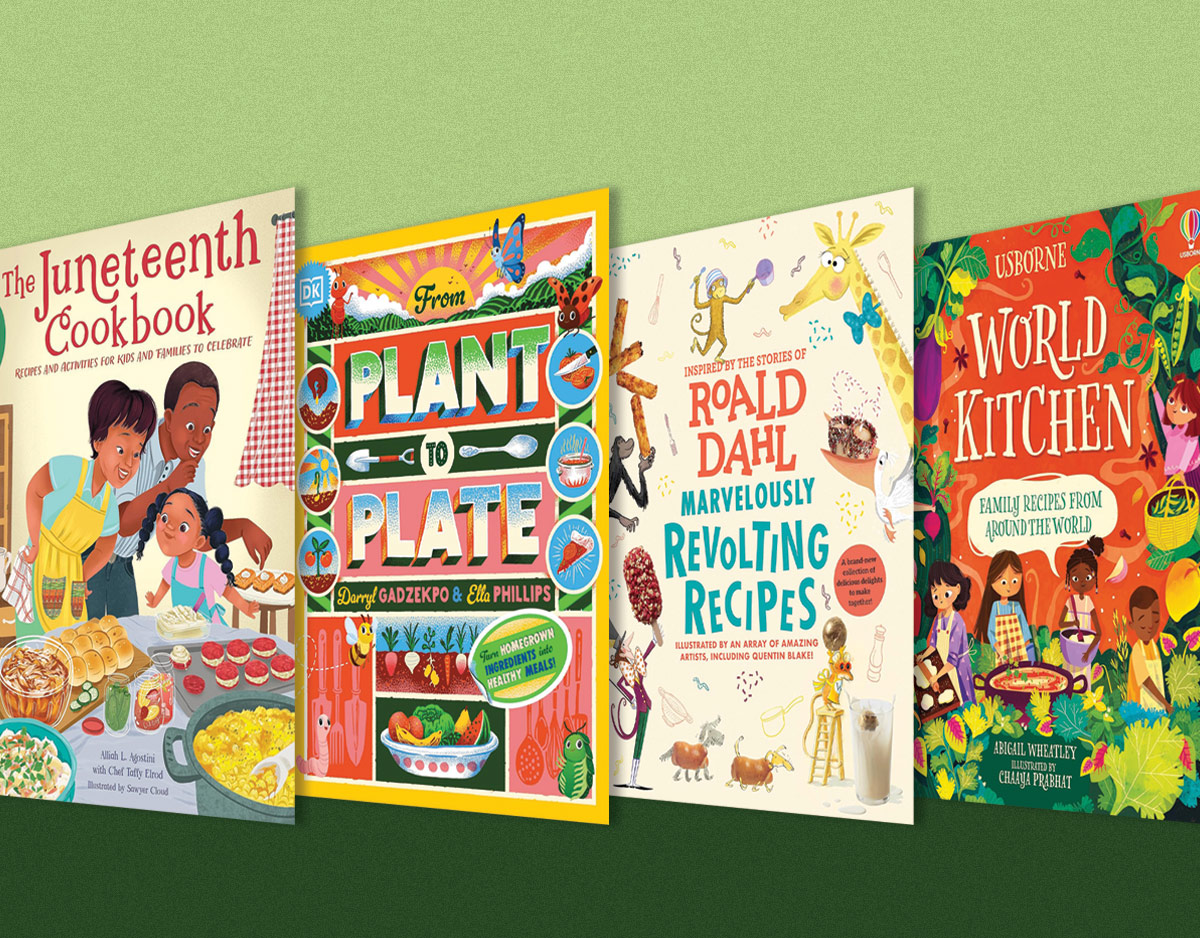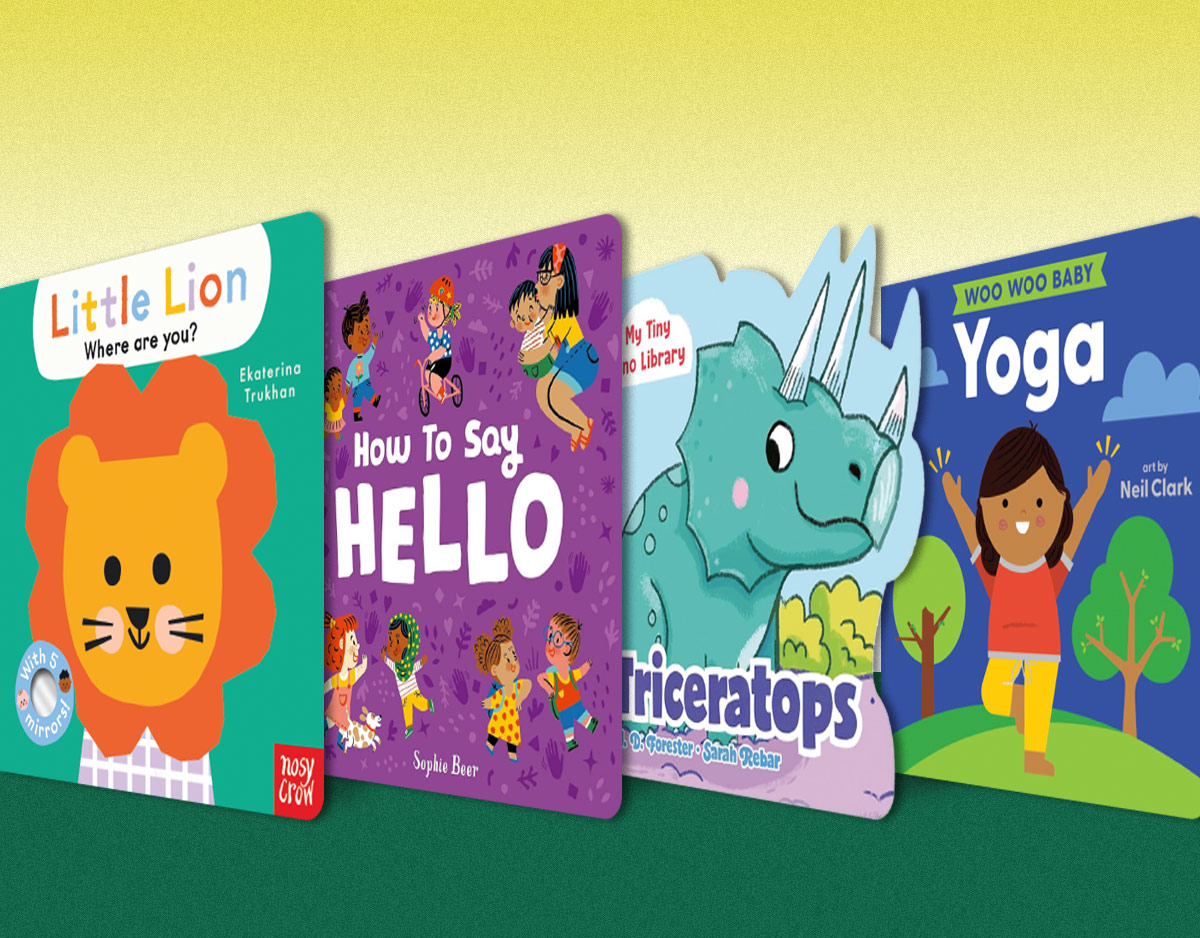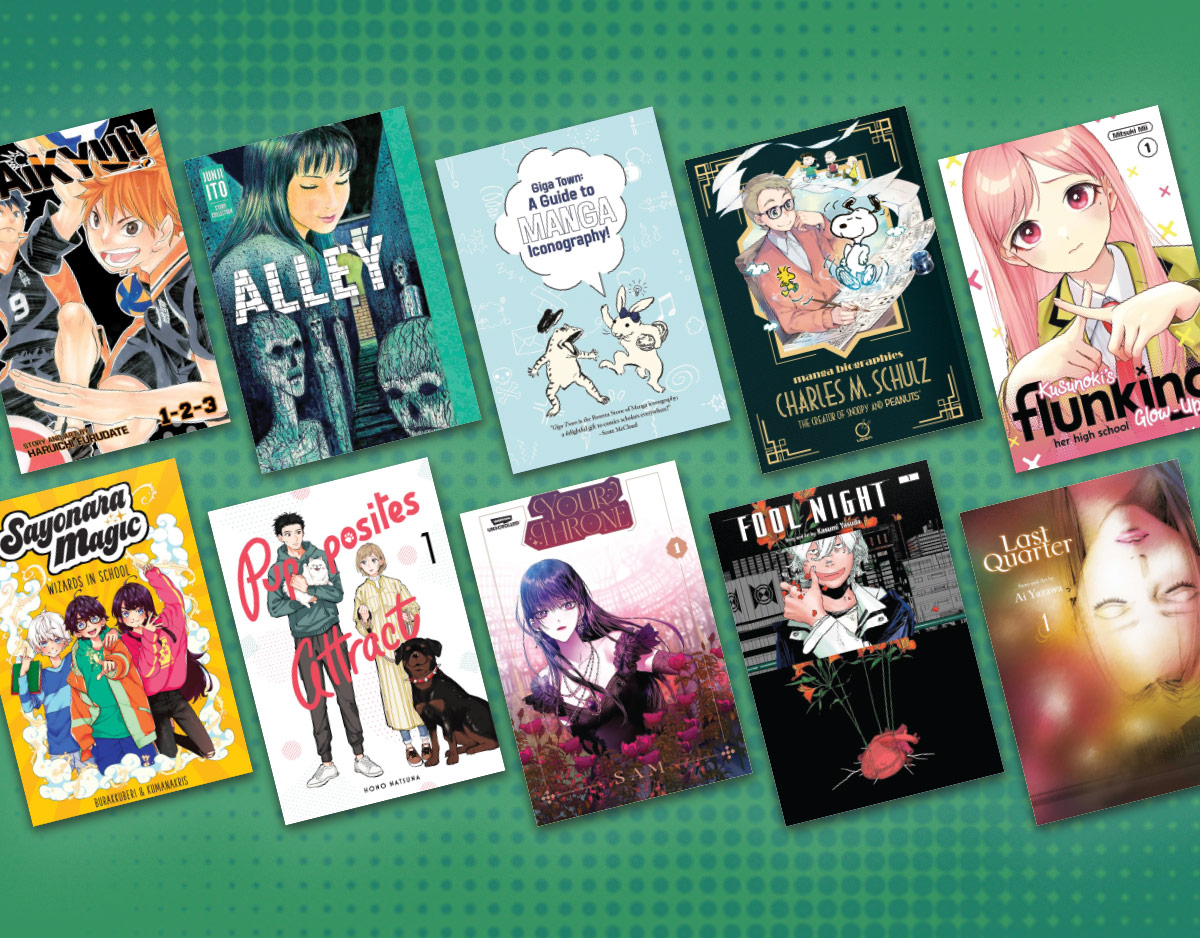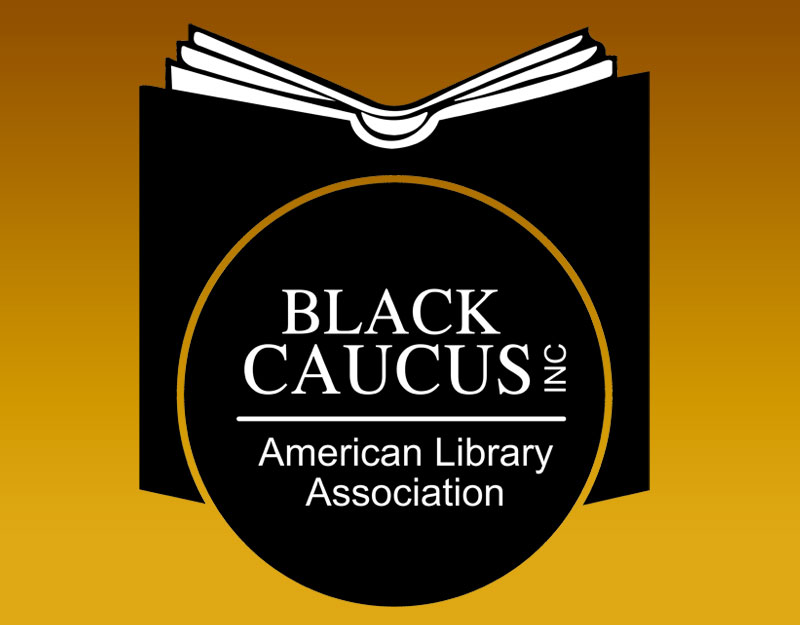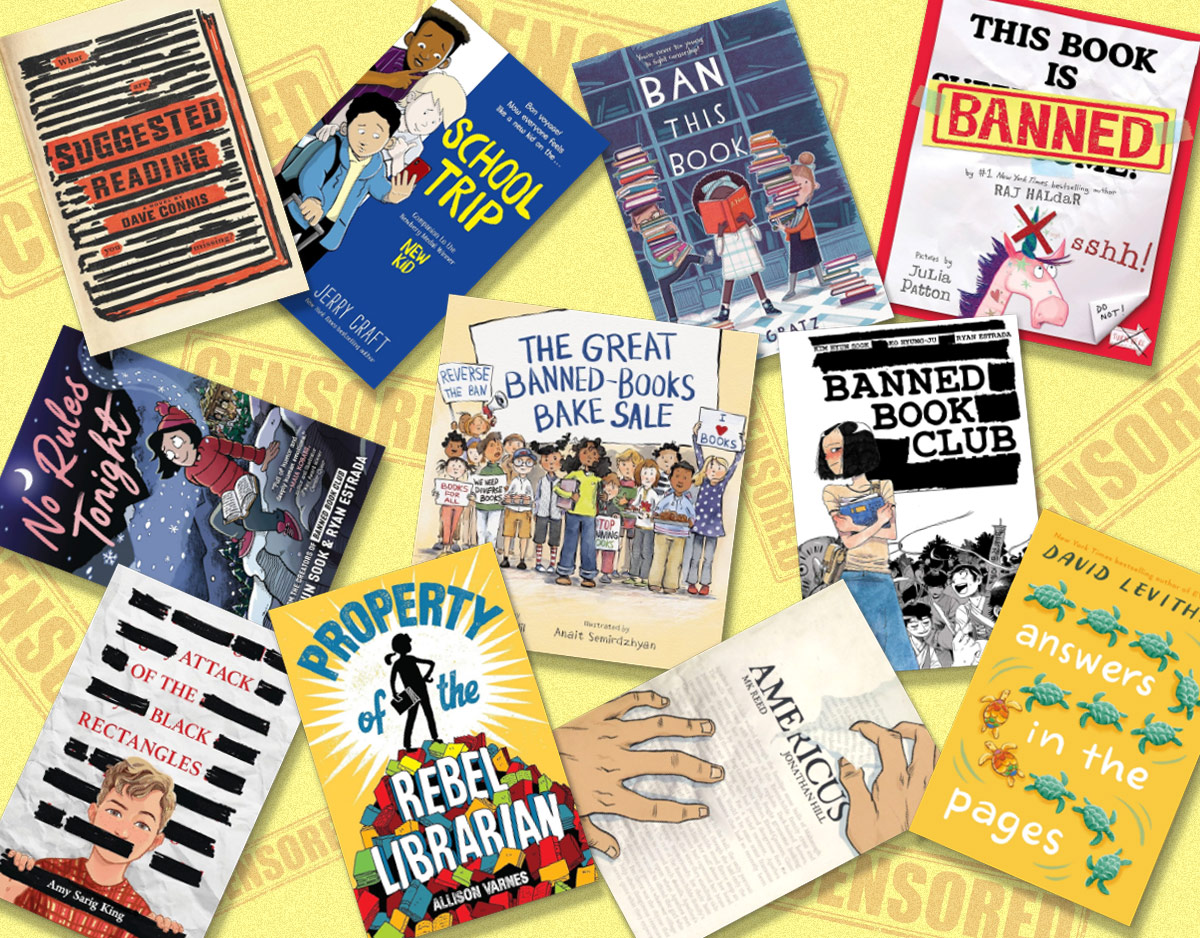2012 Pura Belpré Award for Illustration: Diego Rivera, His World and Ours
Diego Rivera, His World and Ours
Written and Illustrated by Duncan Tonatiuth
Published by Abrams Books for Young Readers in 2011, ISBN 978-0-8109-9731-8
Grades 2 – 8
Review
The celebrated Mexican muralist Diego Rivera depicted the history, culture, and everyday life of working people in giant frescos all across his beloved country. In a picture book biography tribute to Rivera’s life and commitments, Duncan Tonatiuh reviews the artist’s early aptitude, study in Europe, return to Mexico and travels across the country to find inspiration. Posing the question, “But if he were alive today, what would he paint?, ” the author / illustrator, juxtaposes contemporary subjects with the subjects of Rivera’s diverse murals, which he interprets in his own illustrative style. His style, like Rivera’s has been influenced by ancient Mayan and Aztec art, albeit rendered in digitally enhanced collage. While the text of this simplified biography is clearly for a younger audience, omitting the complexity of Rivera’s personal life and politics, students across the grades will enjoy this interpretation of his art, be inspired to learn more about him, and may take up Tonatihuh’s invitation to “make our own murals and bring them to life.”
Teaching Invitations
Grades 2 – 8
- What Would Diego Paint Today? Duncan Tonatiuh poses many questions about the subjects that Diego Rivera might paint if he were alive today. Review the book’s discussion of Diego’s commitments to workers’ rights, working class people, and community arts and invite students to share their own speculations about what Diego might paint today. Work with your art teacher to plan and execute a mural that represents issues that your students identify as meaningful in their lives.
- Picture Book Biographies of Artists: A Genre Study. Gather together a collection of picture book biographies of artists (the listing below will get you started). Read the books with your students and closely examine the choices that the biographers have made about text and illustration. Which aspects of their subjects’ lives have the chosen to highlight? Do they focus more on the childhood or adult life of the artist? How are the artists’ mentors, inspirations, commitments, and styles presented? When examining the illustrations, discuss how the art of the picture book biography enhances the readers’ understandings of the artists’ lives and work. You might find it particularly interesting to note how the artists works are depicted in the book. Are they reproductions of the actual works or are they illustrators’ representations?
- The Murals. Images of Diego Rivera’s murals are available online. A Google Images search will turn up many. Compare Duncan Tonatiuh’s representations of the images with the actual murals and discuss the note a the back of the his book which states, “the author wishes to interpret the work of Rivera in a manner both accessible to children and conducive to his own illustrative style.”
- Muralists. Invite your students to learn more about the process of mural making and about famous murals and muralists. You may want to start locally, identifying and exploring the history of a mural in your community. Then branch out to learn more about murals in the United States and the around the globe (see our entry on Heart and Soul at http://classroombookshelf.blogspot.com/2012/02/2012-coretta-scott-king-award-for.html for a critical literacy discussion of the murals in the rotunda of the Capital). Discuss the locations that murals are typically found, their purposes, and make connections between historical mural making (start with cave paintings!) and contemporary mural art. If you are able to, work with your art teacher to explore the technique of fresco painting to help students gain an understanding of what is involved in working with this media. Investigate the techniques used by muralists today. A great website for learning more about contemporary murals is the website for Philadelphia, PA, “Mural Capital of the World.” http://muralarts.org/
- More About Mexico. Readers of this book may be inspired to learn more about Mexican history. Provide students with a collection of texts that offer information about the history of government, the geography and climate, and important artists, scientists and thinkers of Mexico. Students can work in small groups to research and share their learning about an aspect of Mexican history and culture of interest to them. Invite older students to compare and contrast the Mexico of Rivera’s time and today.
- Pre-Colombian Art. Diego Rivera was both influenced by and a collector of Pre-Colombian Art. Explore the links below with your students to learn more about the art of the early people of Mexico. Compare the art with the work of Diego Rivera (and with Duncan Tonatiuh’s illustrations in Diego Rivera: His World and Ours). Invite students your students to try to imitate this artistic style.
Grades 4 – 8
- Understanding Diego Rivera. In the author’s note at the back of the book, Tonatiuh describes Diego Rivera as a “multifaceted and often controversial person.” Invite your students to learn more about Diego Rivera’s life by reading the biographies listed below. Compare and contrast the information about Diego’s life, influences, and commitments as they are presented in these texts. What aspects of his life are included and excluded in each text? Why might the authors of these biographies have made the choices they did about the content they have included? Diego Rivera’s personal relationships were complicated and fraught with loss. The listing of books below includes biographies of Frida Kahlo, one of his partners and an accomplished painter. The weblinks below are additional sources of information. Students can get a sense of Rivera’s character by reading his letters found on The Diego Rivera Mural Project Site.
Critical Literacy
- The Rockefeller Mural Controversy: Art and Censorship. In 1932, Rivera was commissioned by the Rockefellers to paint a mural in the lobby of Rockefeller Center in New York City. Rivera proposed a mural titled Man at the Crossroads, which was to depict the changing world of industry, science, and government and would include contrasting images of capitalism and socialism. When Rivera inserts an unapproved picture of Lenin, the building managers protest. Using the weblinks below, engage your students in a consideration of this controversy, which ended in the destruction of Rivera’s mural. You will want to be sure to have students read Rivera’s own writing on the matter at http://www.pbs.org/wgbh/amex/rockefellers/filmmore/ps_rivera.html and some of the newspaper articles available at http://xroads.virginia.edu/~ma04/hess/rockrivera/newspaperdirectory.html Use the students’ discussion as a launching point for further exploration of issues in art and censorship.
Further Explorations
Online Resources
Duncan Tonatiuth
Pura Belpré Award Home Page
Diego Rivera: Murals for the Museum of Modern Art
At Your Library: Diego Rivera Murals on Display
National Gallery of Art: The Cubist Paintings of Diego Rivera
PBS: About the Artists: Diego Rivera
PBS NewsHour: Diego Rivera
Detroit Institute of the Arts: Diego Rivera Murals
Detroit Industry: The Murals of Diego Rivera: NPR
Diego River and the WPA
WGBH: American Experience: People & Events: Diego Rivera
Diego Rivera: Man at the Crossroads
Newspaper Responses to Man at the Crossroads
Murals by Diego Rivera in the Mexican National Palace
The Diego Rivera Mural Project
San Francisco Art Institute: The Making of a Diego Rivera Mural
Heritage Preservation: Rescue Public Murals
1936 Faulkner Murals in the Rotunda: Mural Restoration
Smithsonian: Martin Luther King, Jr. in Murals
City of Philadelphia: Murals
The University of Arizona: Mixtec Codices
Colorin Colorado: Children’s Books About Diego Rivera and Frida Kahlo
Jay I. Kislak: Pre-Colombian Collections
Museo Diego Rivera: Anahuacalli
San Antonio Museum of Art: Latin American Collection
The Mexican Museum, San Francisco
Books
Bernier-Grand, C.T. (2009). Diego, Bigger Than Life. Ill. by D. Diaz. Tarrytown, NY: Marshall Cavendish Children.
- This fictionalized biography in verse spans Diego Rivera’s lifetime and explores the complexities of his personal life and his politics. This title received recognition with the Pura Belpré Award for writing and illustration. Back matter includes detailed source notes and a timeline of key events in Rivera’s life.
Bernier-Grand, C.T. (2007). Frida, Long live life! Tarrytown, NY: Marshall Cavendish.
- Illustrated with Frida Kahlo’s paintings, this fictionalized biography in verse, appropriate for older students, is a powerful exposition of Frida’s passions and physical and mental pain. Back matter includes a timeline, source notes, and websites.
Frith, M. (2003). Frida: The artist who painted herself: By Feida Fry. Ill by. T. dePaola. New York: Grosset & Dunlap.
- This title, like others in the Smart About Art series, is in the format of a student-written report about artist Frida Kahlo.
Holzhey, M. (2003). Frida Kahlo: The artist in the blue house. London: Prestel.
- Part of the Adventures in Art series, this biography reviews the events of Kahlo’s art and guides readers in a close examination of her artwork.
Kimberly, L. (2007). Come look with me: Latin American art. Cambridge, MA: Charlesbridge.
- Diego Rivera’s work is featured along with the works of eleven other Latin American artists.
Marin, G.R. (2009). My papa Diego and me: Memories. San Francisco, CA: Children’s Book Press.
- This bilingual memoir, written by Diego Rivera’s daughter, features her recollections of the context of the creation of thirteen of his works.
Novesky, A. (2010). Me, Frida. Ill. by D. Diaz. New York: Abrams Books for Young Readers.
- This picture book biography of Frida Kahlo focuses on the time she spent in San Francisco while Diego Rivera was working on a mural there. The emphasis is on Frida’s development as an artist during this time. This book received a Pura Belpré Honor Award for illustration.
Oettinger, M. (2010). Folk treasures of Mexico. Houston, TX: Arte Publico Press.
- A collection of images of the Nelson A. Rockefeller collection of Mexican folk art housed at the San Antonio Museum of Art and the Mexican Museum in San Francisco. An excellent source for exploring Pre-Colombian art and its influence on Mexican folk art.
Winter, J. (1991). Diego. Ill. by J. Winter. New York. Alfred A. Knopf.
- This bilingual illustrated biography of Rivera is appropriate for younger and older students. The focus of this text is on Rivera’s artistic subjects and commitments.
Winter, J. (2002). Frida. Ill. by A. Juan. New York: Arthur A. Levine.
- This picture book biography written in present tense traces Frida’s life, emphasizing her early influences.
Venezia, M. (1994). Diego Rivera. Chicago: Childrens Press.
- This biography, part of the Getting to Know the World’s Greatest Artist series, includes many images of the artist’s works.
Picture Book Biographies of Artists: A Sampling:
Byrd, R. (2003). Leonardo, beautiful dreamer. New York: Dutton Children’s Books.
Christensen, B. (2011). Fabulous!: A portrait of Andy Warhol. New York: Henry Holt.
Davies, J. (2004). The boy who drew birds: A story of John James Audubon. Ill. by M. Sweet. Boston: Houghton Miffilin.
Judge, L. (2009). Yellowstone Moran: Painting the American West. New York: Viking.
Landmann, B. (2006). I am Marc Chagall. Grand Rapids, MI: Eerdmans Books for Young Readers.
Markel, M. (2005). Dreamer from the village: The story of Marc Chagall. Ill. by E. Lisker. New York: Henry Holt.
O’Connor, J. (2002). Henri Matisse: Drawing with scissors. Ill. by J. Hartland. New York: Grosset & Dunlap.
Rodriguez, R. (2006). Through Georgia’s Eyes. Ill. by J. Paschkis. New York: Henry Holt.
Shapiro, J.H. (2011). Magic trash: A story of Tyree Guyton and his art. Ill. by V. Brantley-Newton. Cambridge, MA: Charlesbridge.
Whitehead, K. (2008). Art from her heart: Folk artist Clementine Hunter. Ill. by S. Evans. New York: G.P. Putnam’s Sons.
Wing, N. (2009). An eye for color: The story of Josef Albers. Ill. by J. Breckenreid. New York: Henry Holt.
Winter, J. (1998). My name is Georgia: A Portrait. New York: Sliver Whistle / Harcourt Brace.
Young, E. (2011). The house that Baba built: An artist’s childhood in China. New York: Little Brown.
Filed under: Awards
About Erika Thulin Dawes
Erika is a professor of language and literacy at Lesley University. A former classroom teacher, reading specialist, and literacy supervisor, she now teaches courses in children’s literature, early literacy, and literacy methods. Erika is the co-author of Learning to Write with Purpose, Teaching with Text Sets, and Teaching to Complexity.
ADVERTISEMENT
ADVERTISEMENT
SLJ Blog Network
A Fuse #8 Production
Further Predictions! Everything That ISN’T Newbery/Caldecott 2025
Good Comics for Kids
Hilda and Twig | This Week’s Comics
Politics in Practice
The Seven Bills That Will Safeguard the Future of School Librarianship
Teen Librarian Toolbox
Shakespeare, but Make it Queer!: Retelling a Classic Play and My Love/Hate Relationship with William Shakespeare, a guest post by Emma K. Ohland
The Yarn
Gayle Forman Visits The Yarn!
ADVERTISEMENT



